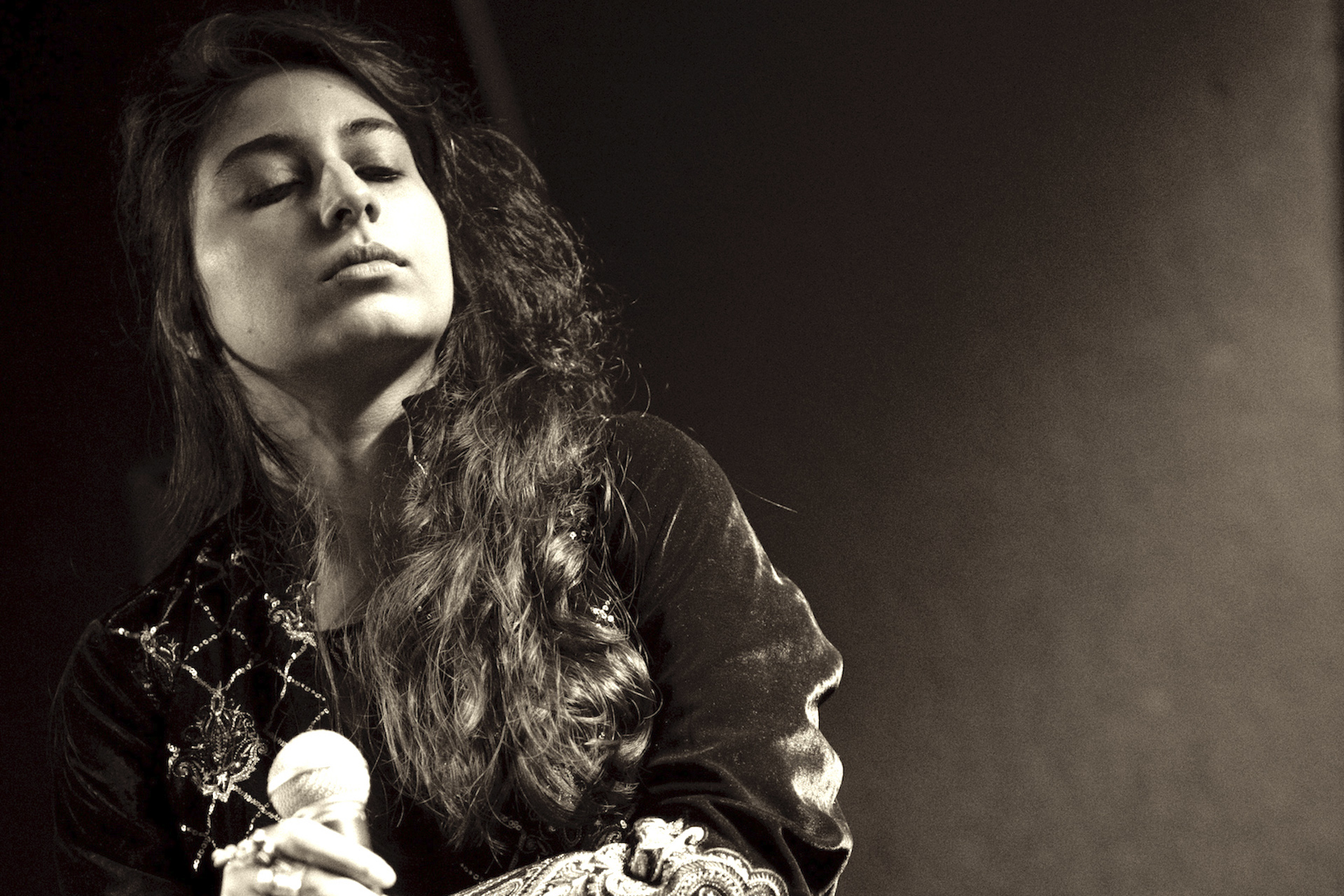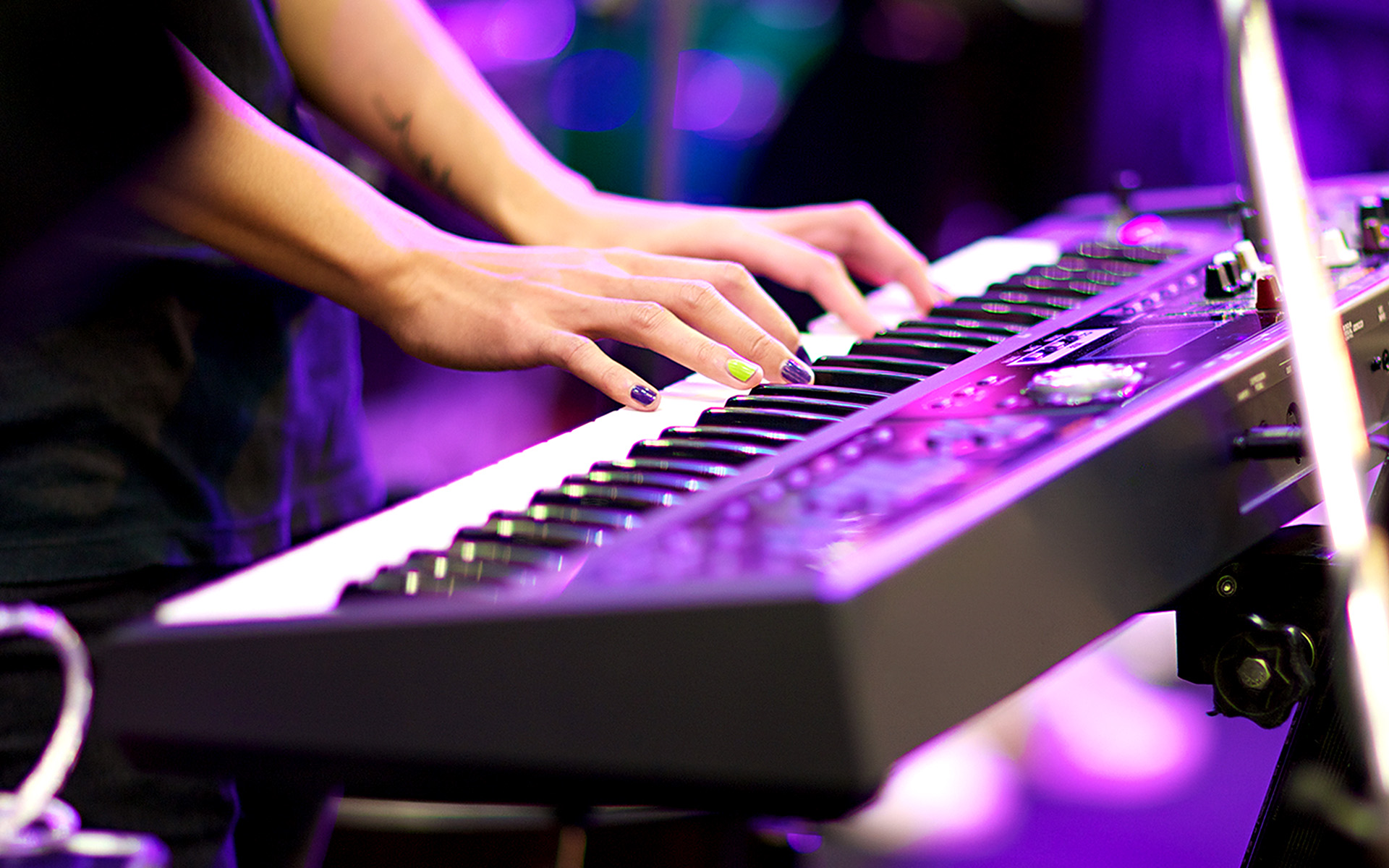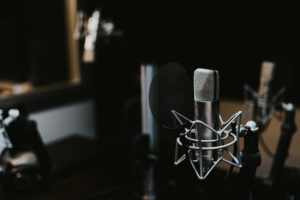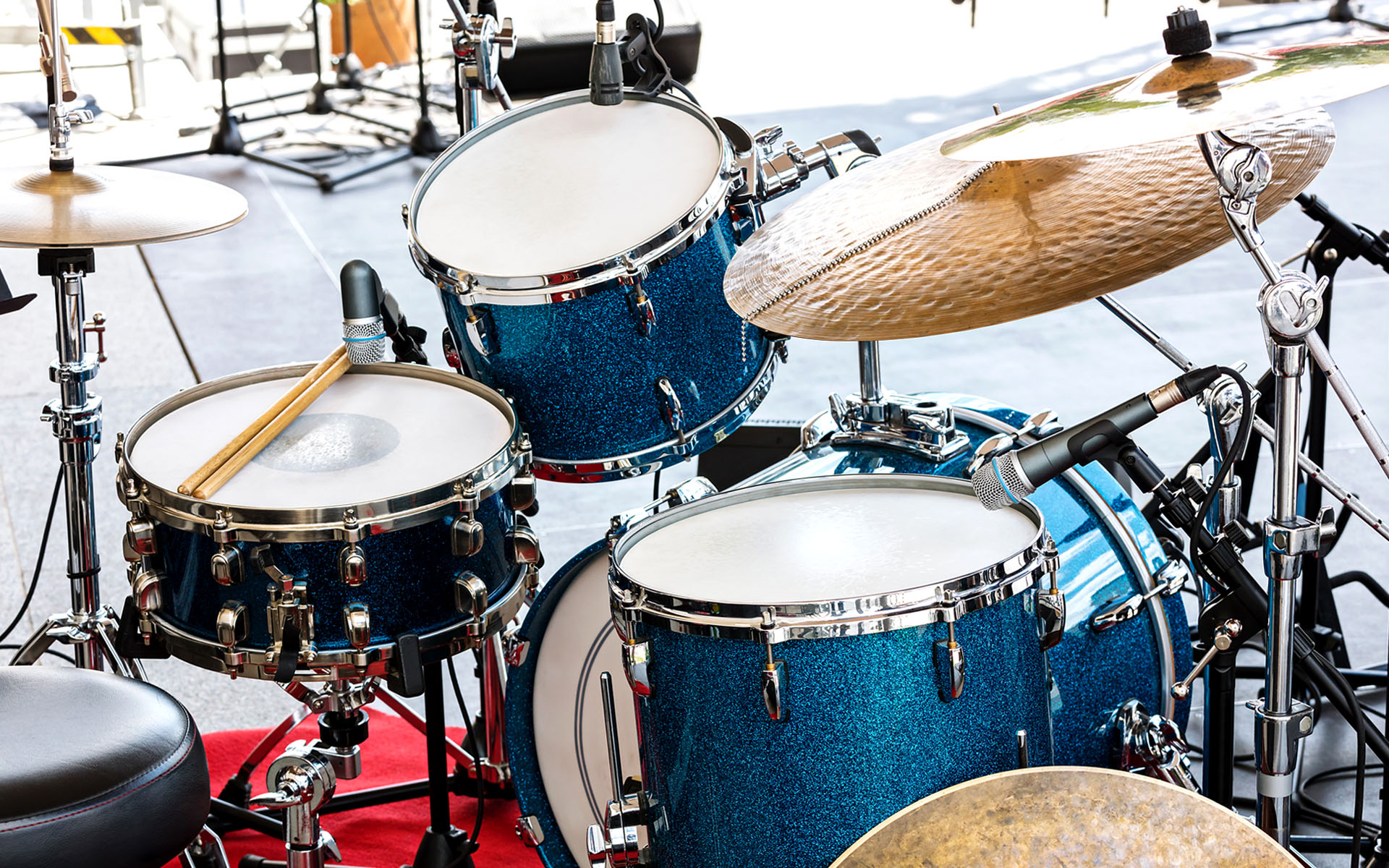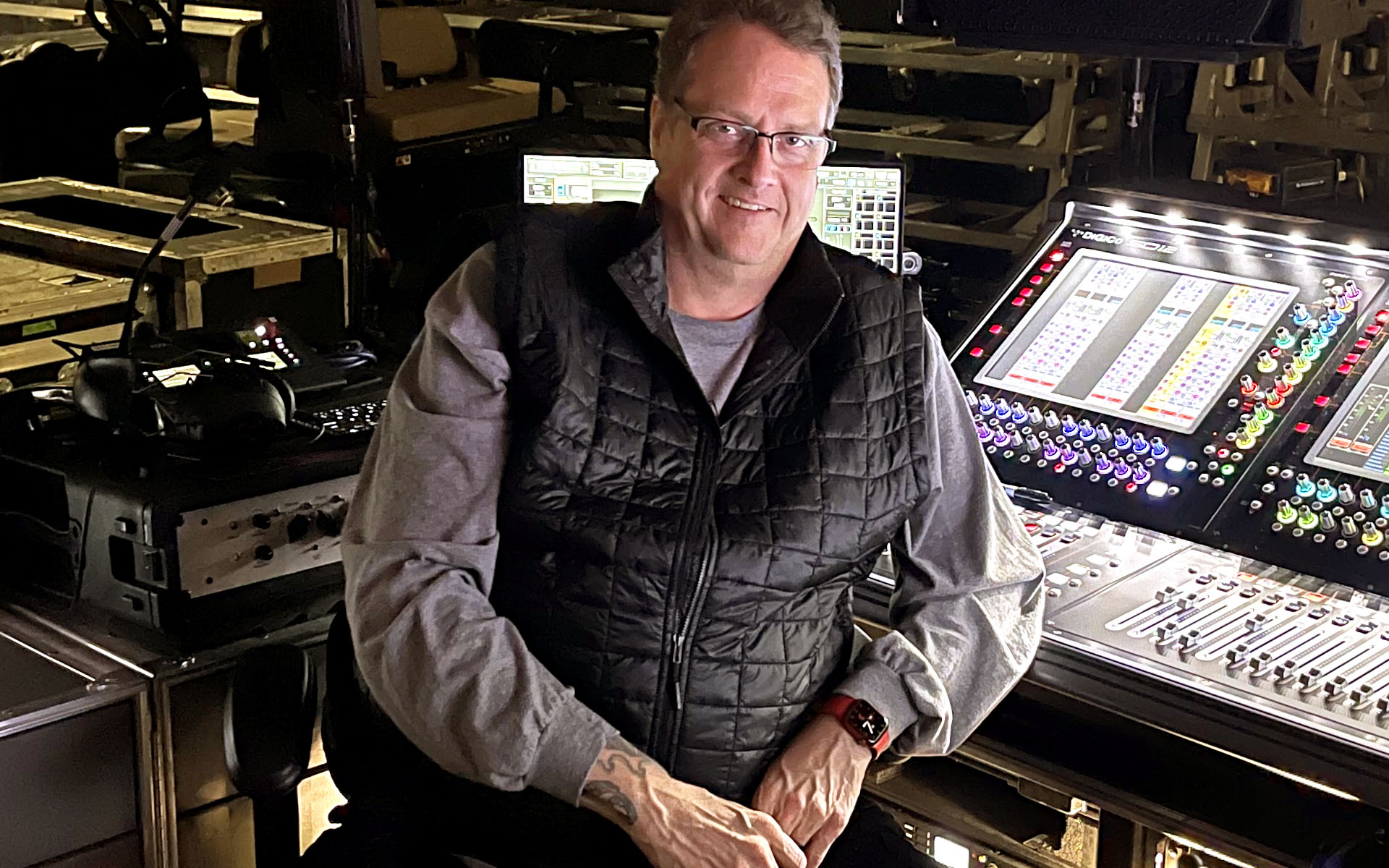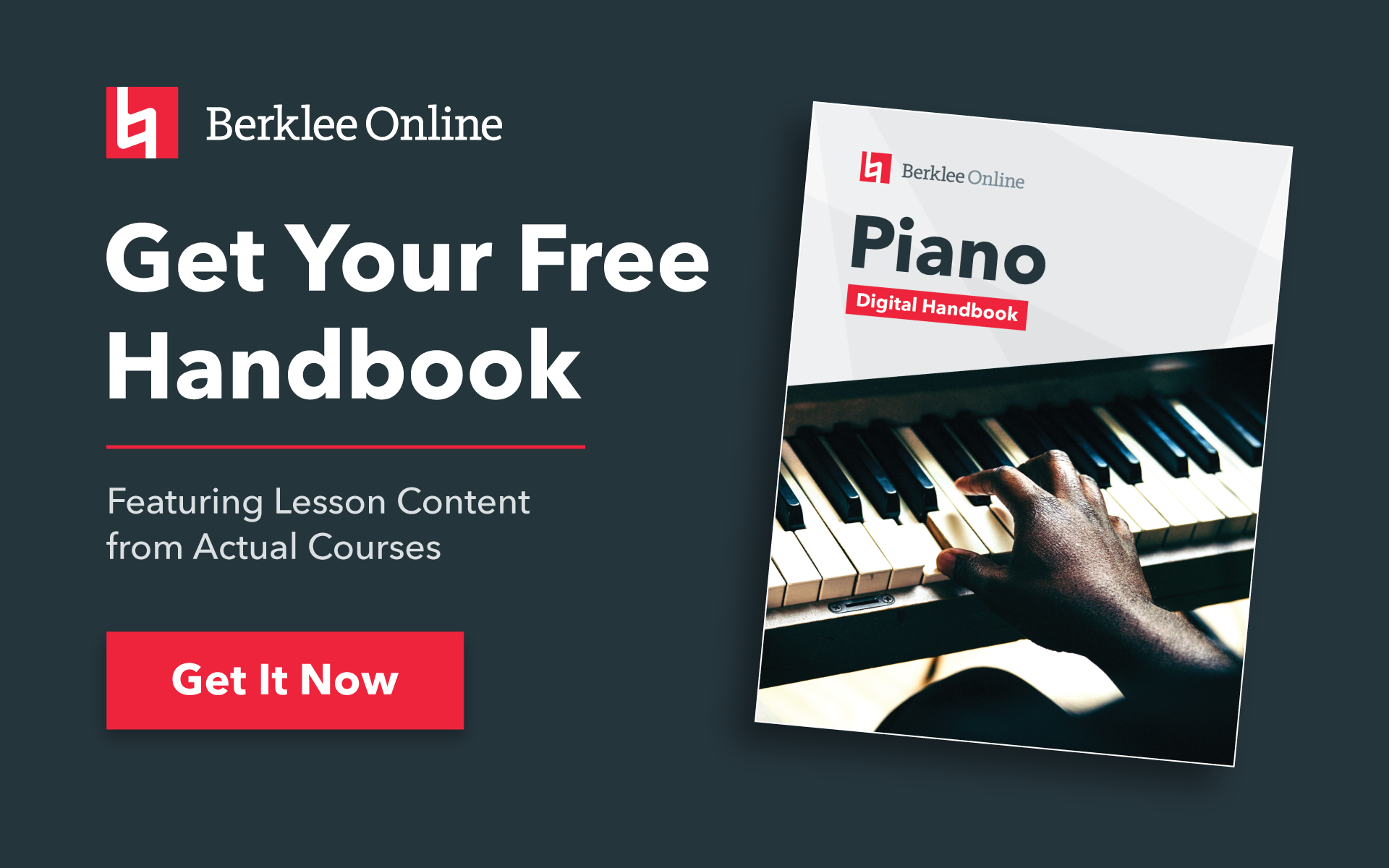The following information on keyboard rigs is excerpted from the Berklee Online course Keyboards for Live Performance: Techniques and Technology, written by Adriana Balic, and currently enrolling.
Creating the perfect keyboard rig for live performances is all about matching your setup to the gig at hand, whether you’re playing a cozy club, a grand corporate event, or embarking on a nationwide tour. Each type of gig has its own demands, so it’s crucial to have a keyboard rig that’s not only efficient but also versatile and easy to transport. From lightweight keyboard rigs for solo gigs to elaborate setups with multiple keyboards and computers for high-profile TV shows, planning ahead can make all the difference. This article will help you choose the right keyboard rig to ensure your performance is seamless and stress-free, no matter where you’re playing.
Keyboard Rigs for the Gigging Musician
Club Dates, Weddings, Parties, Corporate Events, Original Music Gigs, Worship Music, Solo or Group
Your keyboard rig should be one that is efficient. This means it should be one which you can set up and tear down easily, transport from your home to the car, to the venue and back home. The gear should be transported in cases that will protect the gear. If traveling via airplane, the cases should be more durable and airline-approved. The weight of each keyboard is an important consideration when moving your gear on your own and also when using airplanes or cargo services.
Keyboardists can choose between a two-tier keyboard setup, or a two or three keyboard setup at right angels, or possibly just one 76- or 88-note keyboard setup. If you’re moving the gear yourself, this may be the determining factor on how few keyboards you decide to bring! However, in reality, you bring the gear you need to get the job done.
Ask yourself this:
Do you need a computer-driven keyboard rig or just a keyboard rig using internal sounds? What sounds do you need for the gig? Will the internal sounds of one or two keyboards suffice? If you need to play tracks while performing live, then a computer-based rig is the answer. Let’s take a look at what that entails.
Computer-driven rig with a live performance application:
- computer, power cable, stand for computer
- audio interface (sometimes provides balanced outputs and the option for additional inputs like a microphone)
- audio interface power cable and other cables, including a USB 2.0 Type A or Type C (newer computers) to Type B cable, and audio cables
Conversely, you have the option to just use internal keyboard sounds and not use a computer at all:
- keyboard (you can use internal sounds only) and power cable
- keyboard stand, drum stool, or keyboard bench
- monitor, PA speaker, or keyboard amp
- possibly a full PA system
- audio cables, extension cords, extra cables in case of cable failure
- possibly a mixer for additional keyboards or sound inputs (microphone)
Keyboard Rigs for Recording Musicians
Original Music, Instrumental Tracks, Producers
Keyboardists who record tracks for projects are typically set up to do so in their own studios. It is less often that keyboardists travel to record a session, unless it is a live band session where the band vibe and group collective is what needs to be captured. Quite often, producers are also keyboardists and in that case, they are generally working from their own studios.
Recording studios often use desktop computers because they are built for use in a permanent space rather than portability, and they’re more customizable. Historically, desktops have been more powerful because they were not restricted by the need to be compact, like a laptop. However, laptops are increasingly found in studios because of their portability for traveling producers and musicians and increased power due to advancements in processors.
Studio keyboard rigs offer the advantage of permanence, eliminating the need to be transported. So set up all your keyboards and create your dream environment. The only limitation is your budget, and the physical space you have to work with.
- computer-driven recording using DAWs of choice
- professional-quality studio headphones and/or studio speakers
- options for additional larger screen monitor(s) for your computer
- audio interface
- lots of cables—USB MIDI, audio cables, XLR mic cables, power cables—cable management is key!
- comfortable ergonomic chair and workstation
Keyboard Rigs for TV Show House Band Musicians
The Voice, American Idol, Talk Shows
This type of gig employs a lucky few. There are many perks in attaining a coveted TV show keyboard position or musical director role, besides the steady, solid paycheck. Because of the visibility and notoriety of these shows, music instrument and gear companies are often happy to supply and support musicians in exchange for the free promotion that happens on prime-time television. Also, TV shows with live bands usually have solid financial resources to support their musicians with what they need to do the best job for network television.
Dream big, superstar! This keyboard rig needs to cover a lot of ground in terms of style and sounds. The only limitation might be the footprint you will have on the stage. It may be smaller than you’d like.
Your keyboard rig needs to be efficient yet comprehensive for the types of music being played.
Sometimes, there are two keyboard players in a band. One covers the main keyboard sounds and the other may specialize in synth sounds, and playing non-keyboard instrument parts like strings, horns, effects, and samples. Or one keyboard player covers as much as humanly possible.
Keyboard Rigs for Touring Musicians
As an Artist, or Supporting an Artist
Your keyboard rig will vary according to the needs of the gig, band/artist, and budget. A keyboard rig on an independent artist van tour may look quite different from an A-list artist tour. The artist’s level of success and budget may determine what that keyboard rig looks like. However, if you have all the keyboard gear you need for the gig and you’re self-sufficient, the gear is part of you and your overall package.
Keyboard companies like Roland, Arturia, Yamaha, Nord, Korg, and the like, often look for keyboardists and artists who they can support, so their product can be seen on TV and touring stages around the world. If you can make the connections, this tour support can be very valuable, meaning free gear and/or artist pricing on gear.
Keyboard players touring with major artists/bands have keyboard techs that take care of gear maintenance, set-up, tear-down, back-ups, updating, and often programming and editing sounds. Touring crew, including the keyboard techs move the road cases with the keyboard gear and peripherals, allowing you, the musician, to show up to play and focus on the music and performance.
Your keyboard rig is more than just equipment; it’s the backbone of your live performance.
By tailoring your keyboard rig to the unique demands of each gig, you can ensure that your musicality and performance shines through no matter what. Your rig may vary from a streamlined one-keyboard setup to an extravagant large-scale multi-keyboard and computer setup, but the consistent goal is to create a great sonic experience for you and your audience. Your well-thought–out keyboard rig will not only enhance your sounds, but also boost your confidence, allowing you to focus on what truly matters—delivering an effective and inspiring musical performance every time.
STUDY KEYBOARD ONLINE WITH BERKLEE




